How Ichio Matsuzawa designed the almost-invisible bar defining Art Week Tokyo 2025
During the art fair’s latest instalment, Wallpaper* met the Japanese architect to explore architecture as sensation, not structure
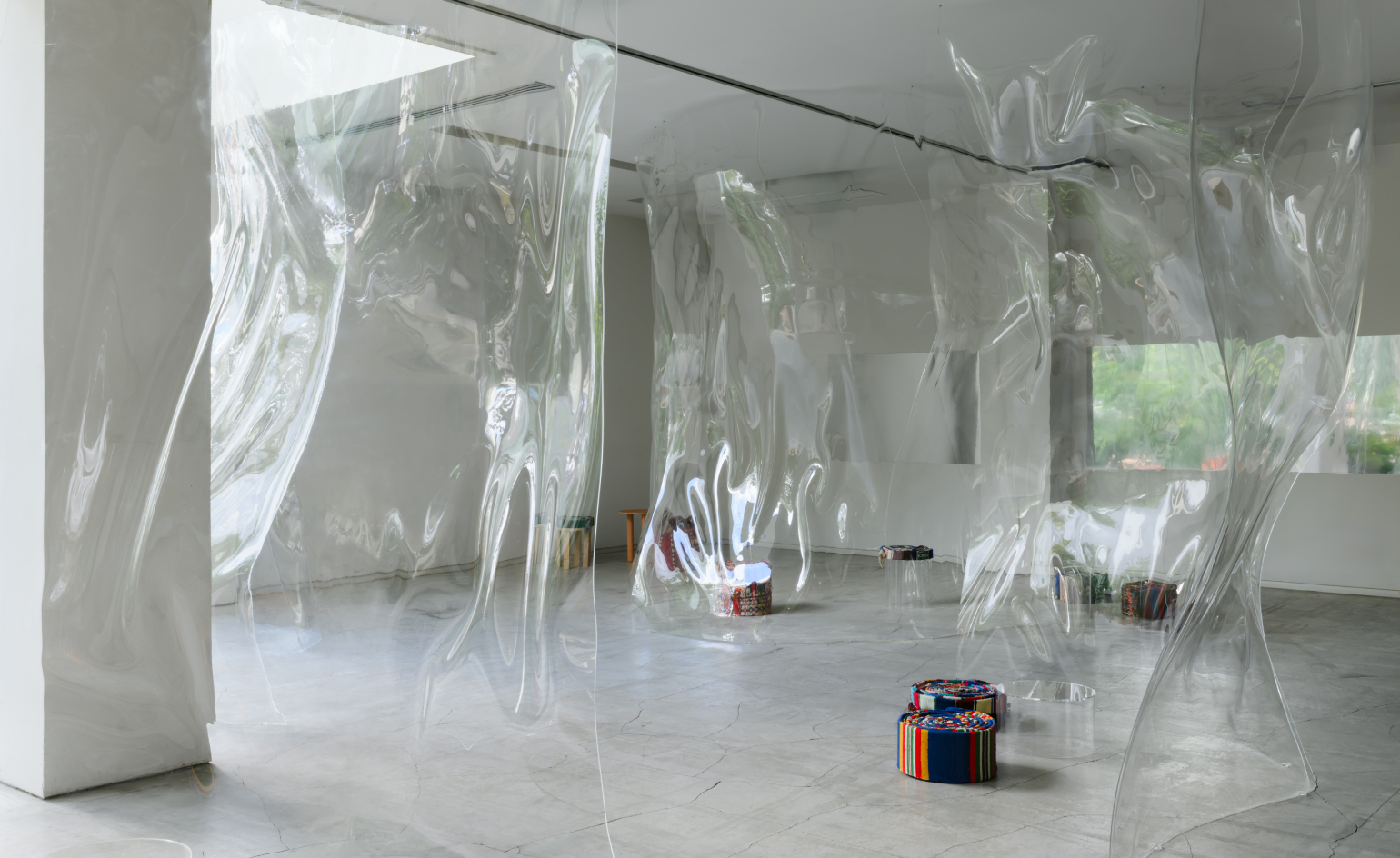
Ichio Matsuzawa has spent his career questioning what architecture can be when it stops trying to be solid, permanent, or even entirely visible. Since establishing his independent practice, the Tokyo-based architect has cultivated a reputation for projects that exist at the threshold of perception, from temporary installations at Mies van der Rohe’s Barcelona Pavilion to the Art Houses on Inujima. His recent installation for Art Week Tokyo’s bar offered a concentrated expression of this ongoing enquiry: a work of what he calls formless architecture, defined not by walls or volume but by the changing relationships between people, light, motion, and the city itself.
Ichio Matsuzawa: Architecture at the edge of perception

Ichio Matsuzawa, concept image for the AWT Bar 2025
He created the bar with a series of curved, three-millimetre acrylic sheets, each a two-by-four-metre panel with 94 per cent transparency. They hovered at the edge of consciousness, present only when they caught the light, distorted a likeness or, momentarily, eclipsed a moving body.
‘I wanted the material to disappear, so that the architecture is activated by the visitor, the surroundings, and the atmosphere, not by the object itself.’
Ichio Matsuzawa
The panels were heat-formed in an industrial oven using steel moulds, a process as delicate as it was unpredictable, as the acrylic became almost liquid when heated, making the ultimate curves impossible to control. Matsuzawa embraced the risk, allowing ‘beautiful accidents’ to shape the final forms, discarding everything that felt too rigid, precise, or artificial. What remained was a series of ephemeral thresholds that appeared and dissolved as visitors moved through the space.
This is where Matsuzawa drew a line between architecture and sculpture. Objects, he commented, are static. Architecture is perpetual: it changes with people, climate, sound, and time. In the bar, nothing stayed still. From the street, shadows of trees rippled across the acrylic, and echoes bent and multiplied. The breeze pushed both surfaces and images out of alignment. ‘New, mirage-like spaces are constantly being generated,’ he explained.
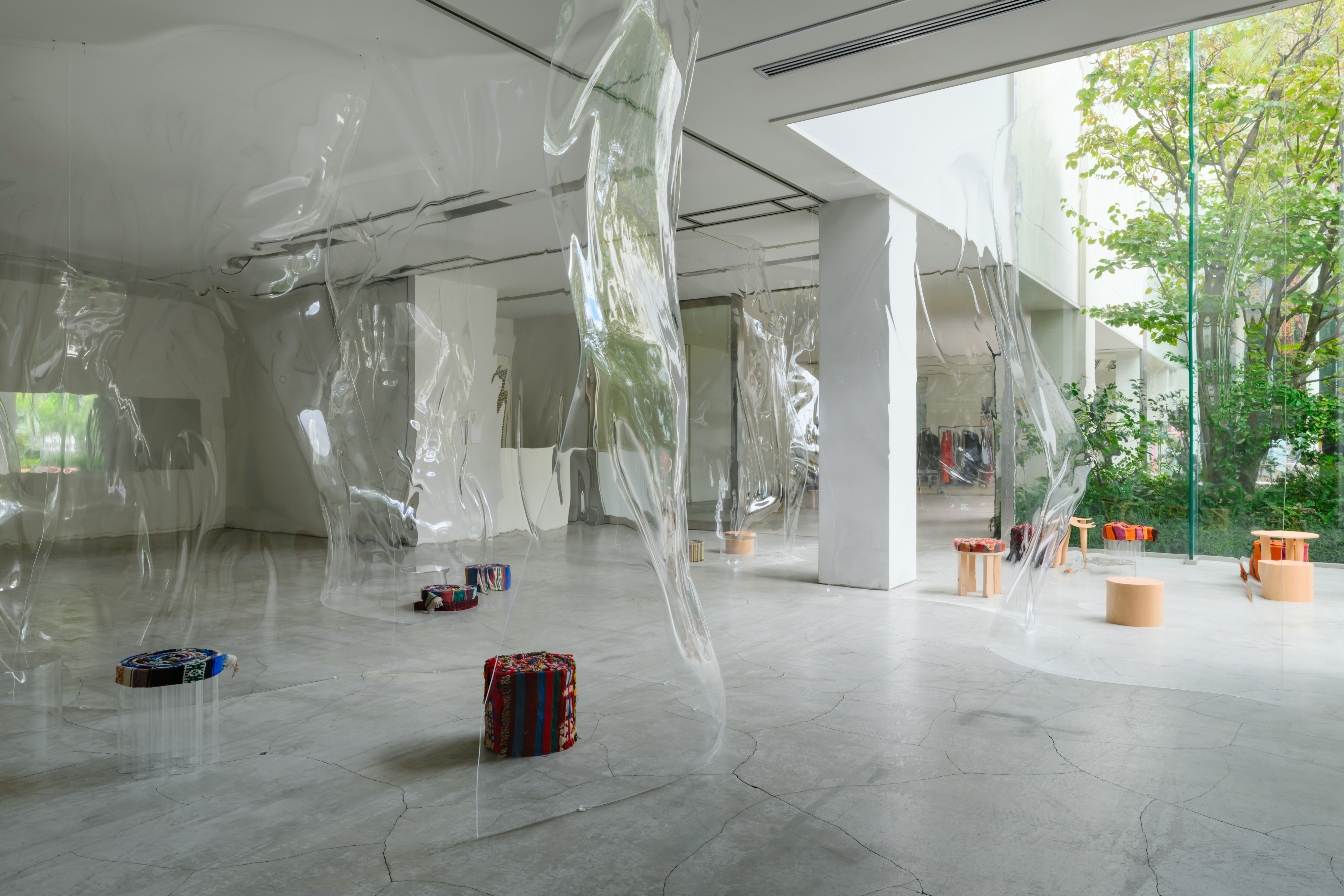
Installation view of the AWT Bar 2025
The transparency also blurred the divide between inside and out, a deliberate strategy given the bar’s street-level site in central Tokyo, which became part of the architecture, not merely the backdrop. Nature, too, entered the framework: wind, branches, sunlight, passing cyclists, and the casual choreography of pedestrians.
To counter the coolness of the acrylic, Matsuzawa designed stools and tables wrapped in richly coloured Afghan textiles, introducing tactility, warmth, and cultural layering. A soundscape by composer Yusuke Nakano completed the multisensory environment.

Installation view of the AWT Bar 2025
Matsuzawa, who has quietly built up a reputation for projects that question material presence and spatial perception, saw the AWT Bar as part of a philosophical enquiry into architecture as experience rather than form. ‘Each visitor encounters a different space, depending on their movements, their timing, their sensitivity,’ he said. ‘The work isn’t complete until someone inhabits it.’
Receive our daily digest of inspiration, escapism and design stories from around the world direct to your inbox.
The bar served cocktails designed by artists, including Chim↑Pom from Smappa!Group and Tsuyoshi Ozawa, and snacks by chef Shinobu Namae, including Seaweed Jambon Beurre made with Suji-Aonori seaweed butter and two kinds of seaweed pickles, but the bar’s real takeaway was spatial. In creating architecture that existed only through perception rather than solidity, Matsuzawa inverted conventional notions of what a building should be.
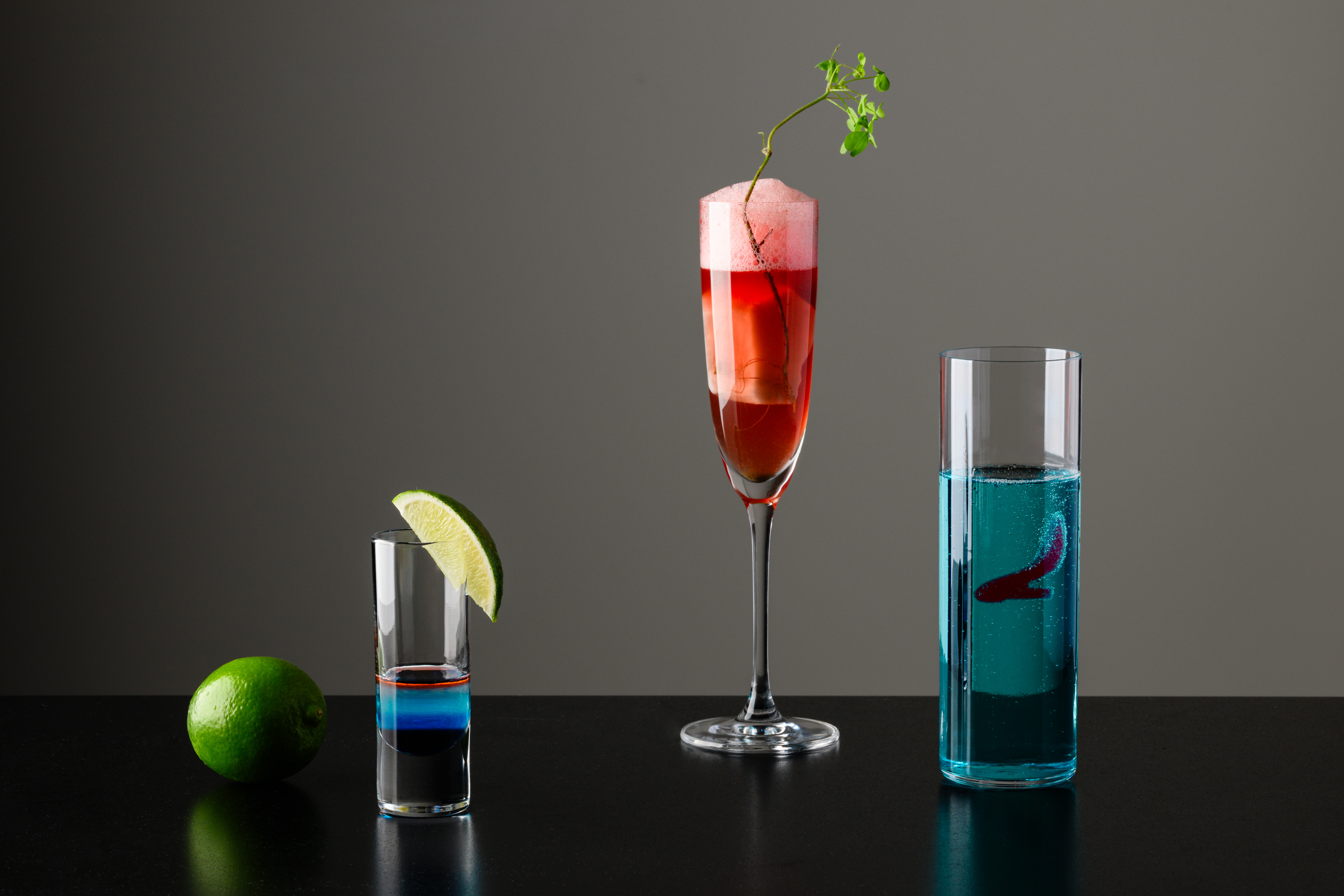
Artist cocktails for the AWT Bar 2025, from left to right: Tsuyoshi Ozawa’s Pangaea, Chim↑Pom from Smappa!Group’s Gold Experience Cocktail, and Miya Yanagai’s elevator girls
Rather than defining space, his near-invisible acrylic panels dissolved it – making the architectural experience something visitors sensed rather than saw, felt rather than touched. For an architect committed to spaces that emerge from sensation rather than structure, the AWT Bar wasn’t simply a commission. It was a manifesto.
Catherine Shaw is a writer, editor and consultant specialising in architecture and design. She has written and contributed to over ten books, including award-winning monographs on art collector and designer Alan Chan, and on architect William Lim's Asian design philosophy. She has also authored books on architect André Fu, on Turkish interior designer Zeynep Fadıllıoğlu, and on Beijing-based OPEN Architecture's most significant cultural projects across China.
-
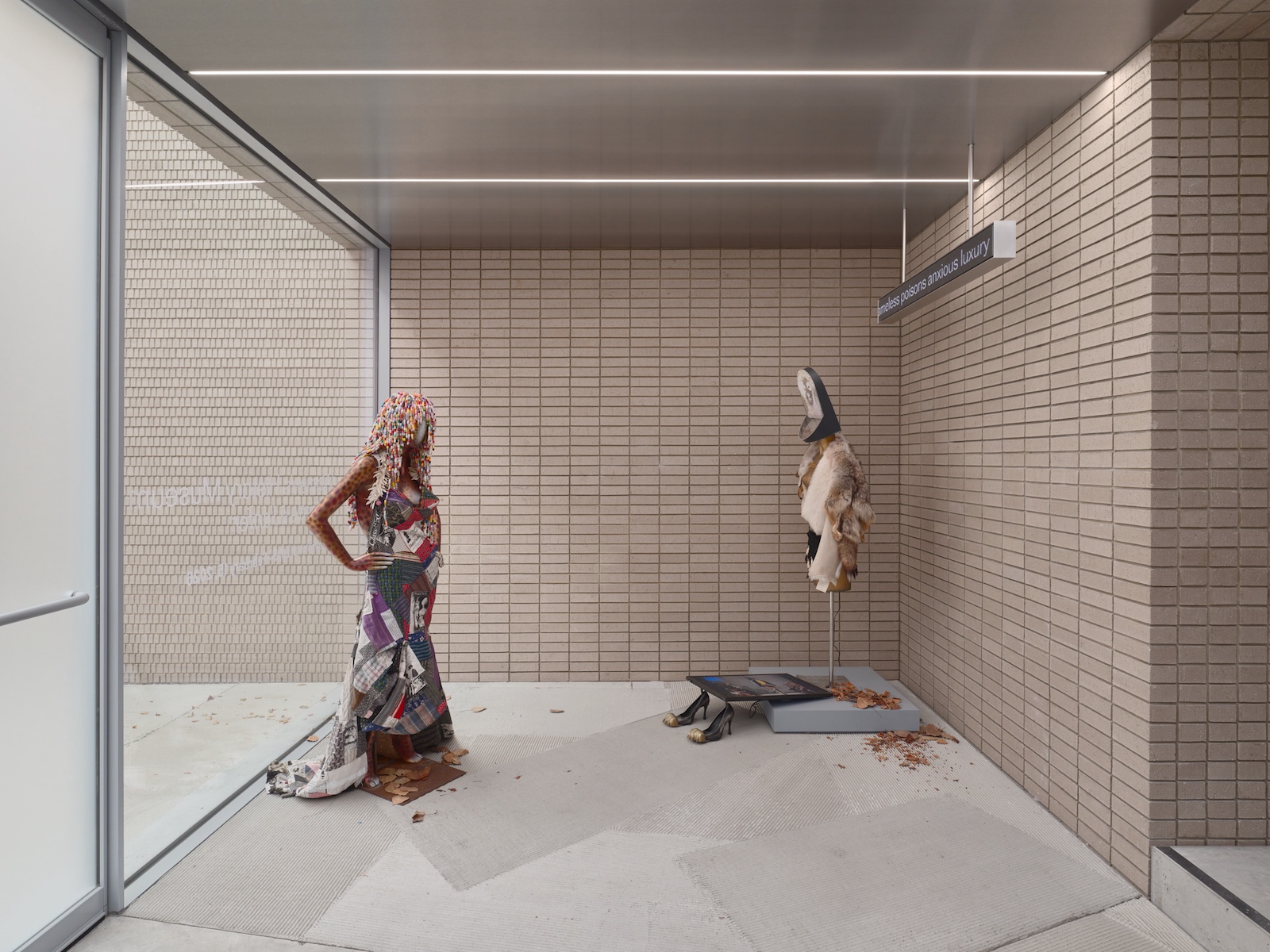 The story behind rebellious New York fashion label-cum-art collective, Women’s History Museum
The story behind rebellious New York fashion label-cum-art collective, Women’s History MuseumMattie Barringer and Amanda McGowan’s multidisciplinary label has been challenging fashion’s status quo for the past decade. As they open a new exhibition at Amant, Brooklyn, the pair sit down with Wallpaper* to discuss their provocative approach
-
 Mark+Fold Turns 10 with first Shoreditch pop-up
Mark+Fold Turns 10 with first Shoreditch pop-upBritish stationery brand Mark+Fold celebrates ten years in business with a Brick Lane pop-up featuring new products, small-batch editions and conversations with creatives
-
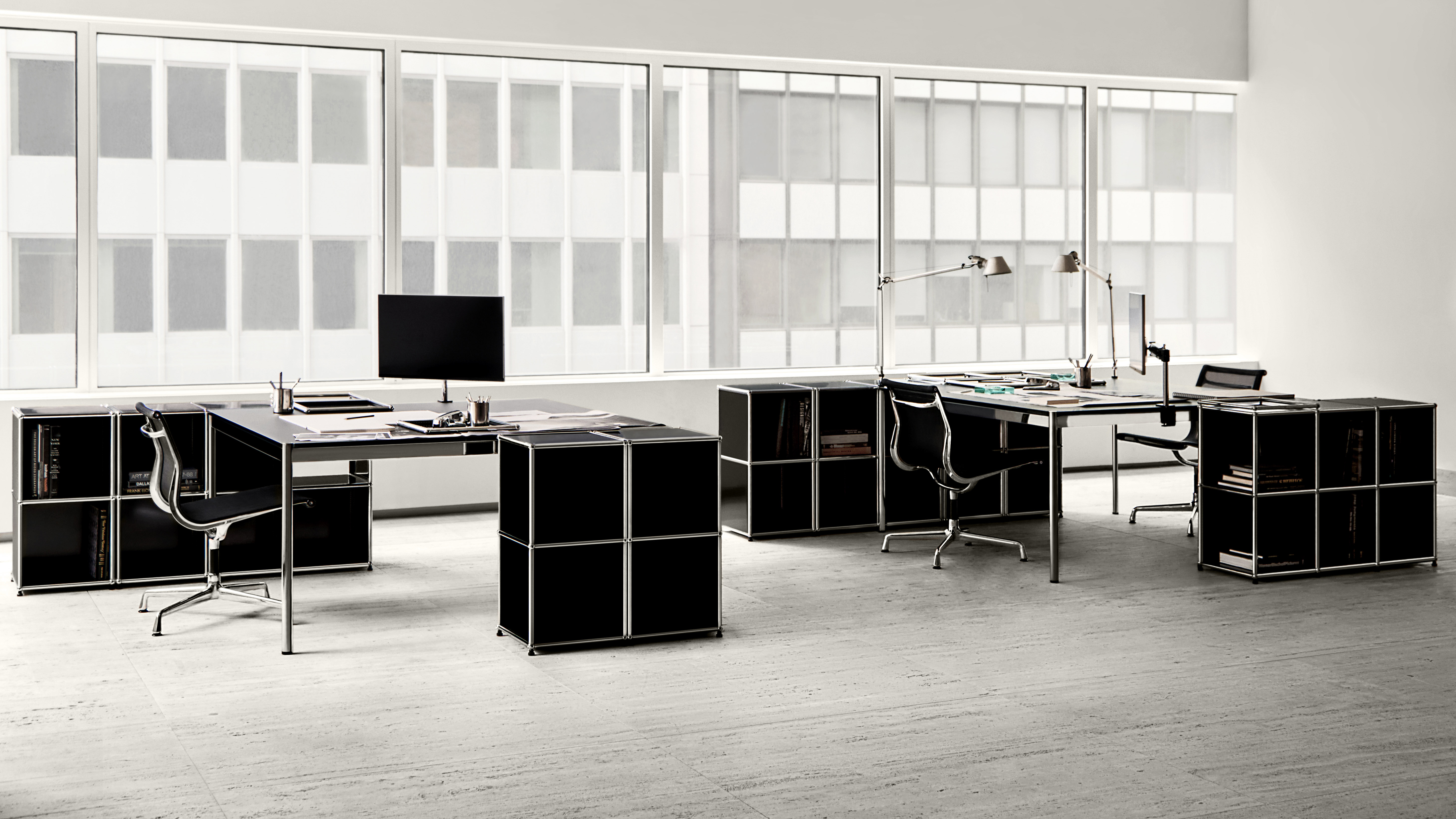 USM and Alexander May Studio present a monochrome meditation on the modern workspace
USM and Alexander May Studio present a monochrome meditation on the modern workspaceThese six flexible workspaces ‘encourage clarity of thought, calm, and self-definition’, says New York designer Alexander May of his partnership with the modular furniture brand
-
 In Sou Fujimoto’s far-flung Not A Hotel villa, solitude feels almost planetary
In Sou Fujimoto’s far-flung Not A Hotel villa, solitude feels almost planetaryAn underwater sauna, an infinity pool and a circular courtyard garden are just a few of the highlights at Not A Hotel’s latest outpost, on Japan’s Ishigaki Island
-
 Check into a new pocket-sized Tokyo hotel
Check into a new pocket-sized Tokyo hotelSoil Nihonbashi Hotel brings greenery, warmth and a neighbourhood spirit to a quiet corner near Tokyo Central Station
-
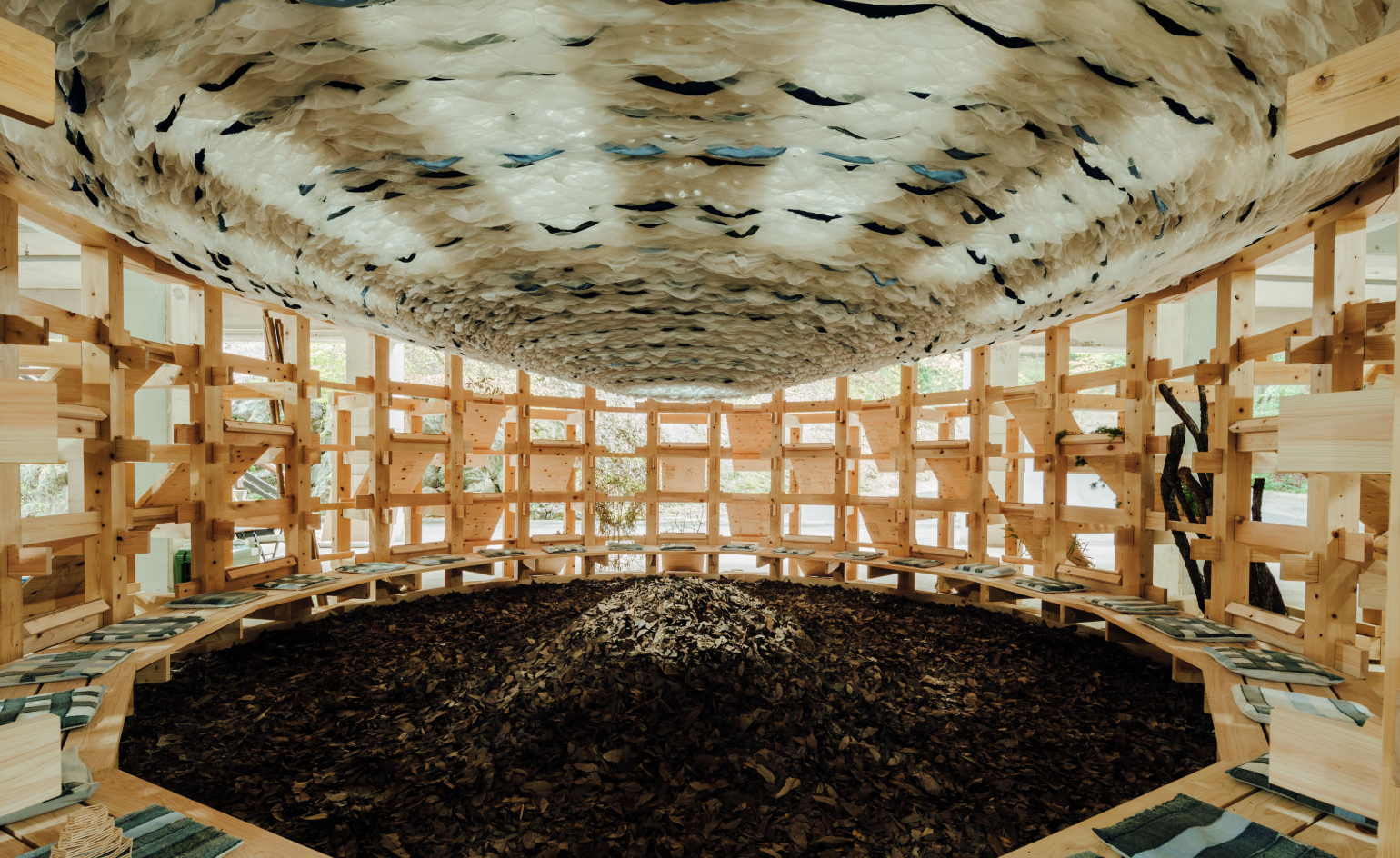 Explore Hiroshima through the eyes of those who rebuilt it
Explore Hiroshima through the eyes of those who rebuilt itJapan’s architectural phoenix continues to rise. ‘The Hiroshima Architecture Exhibition 2025’ explores a legacy of memory and modernism across 23 architects and artist groups
-
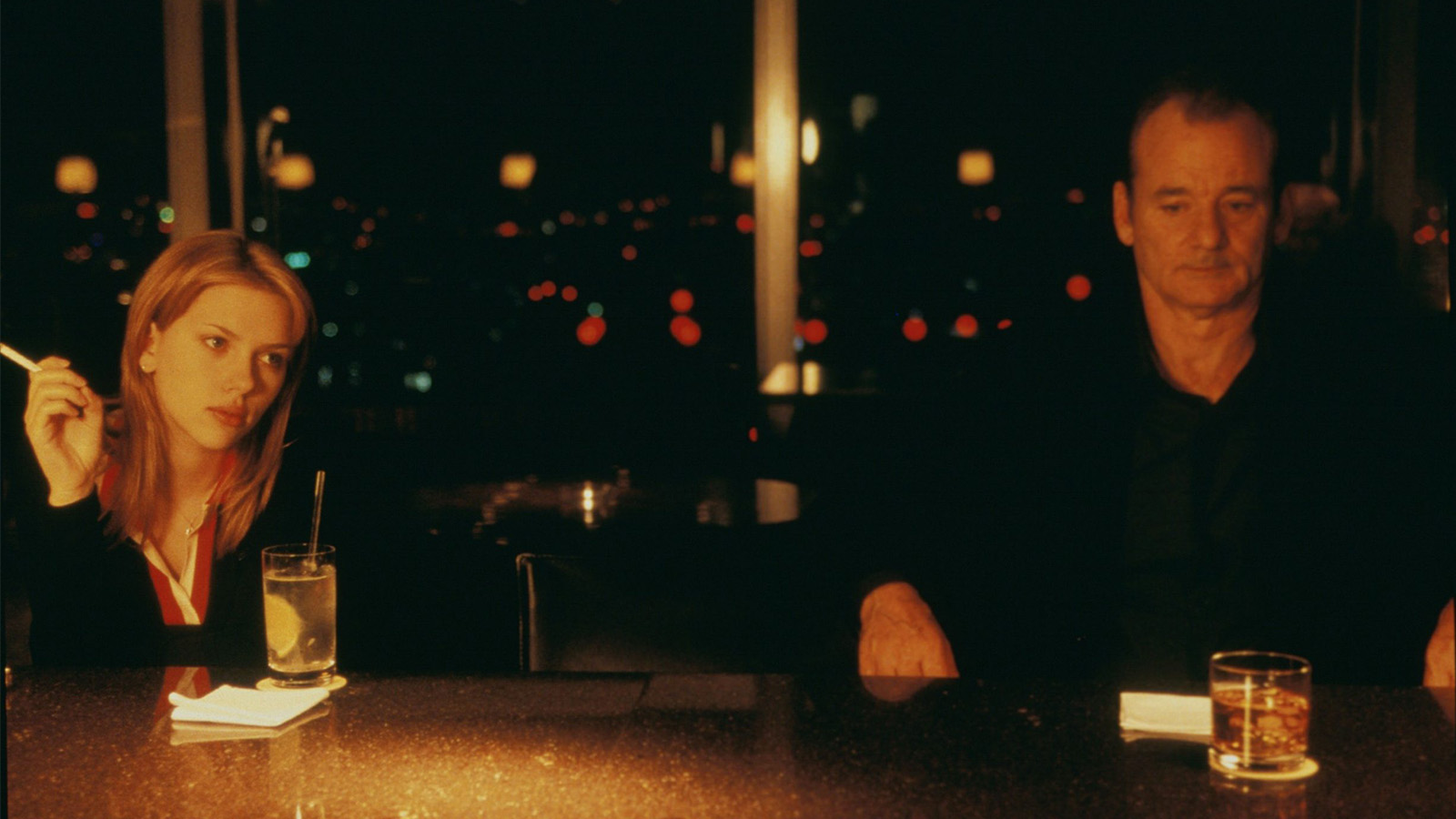 Will the revamped Park Hyatt Tokyo keep its cinematic soul?
Will the revamped Park Hyatt Tokyo keep its cinematic soul?As Park Hyatt Tokyo prepares to reopen after an extensive transformation, film fans wonder: will it still evoke Sofia Coppola’s dreamscape?
-
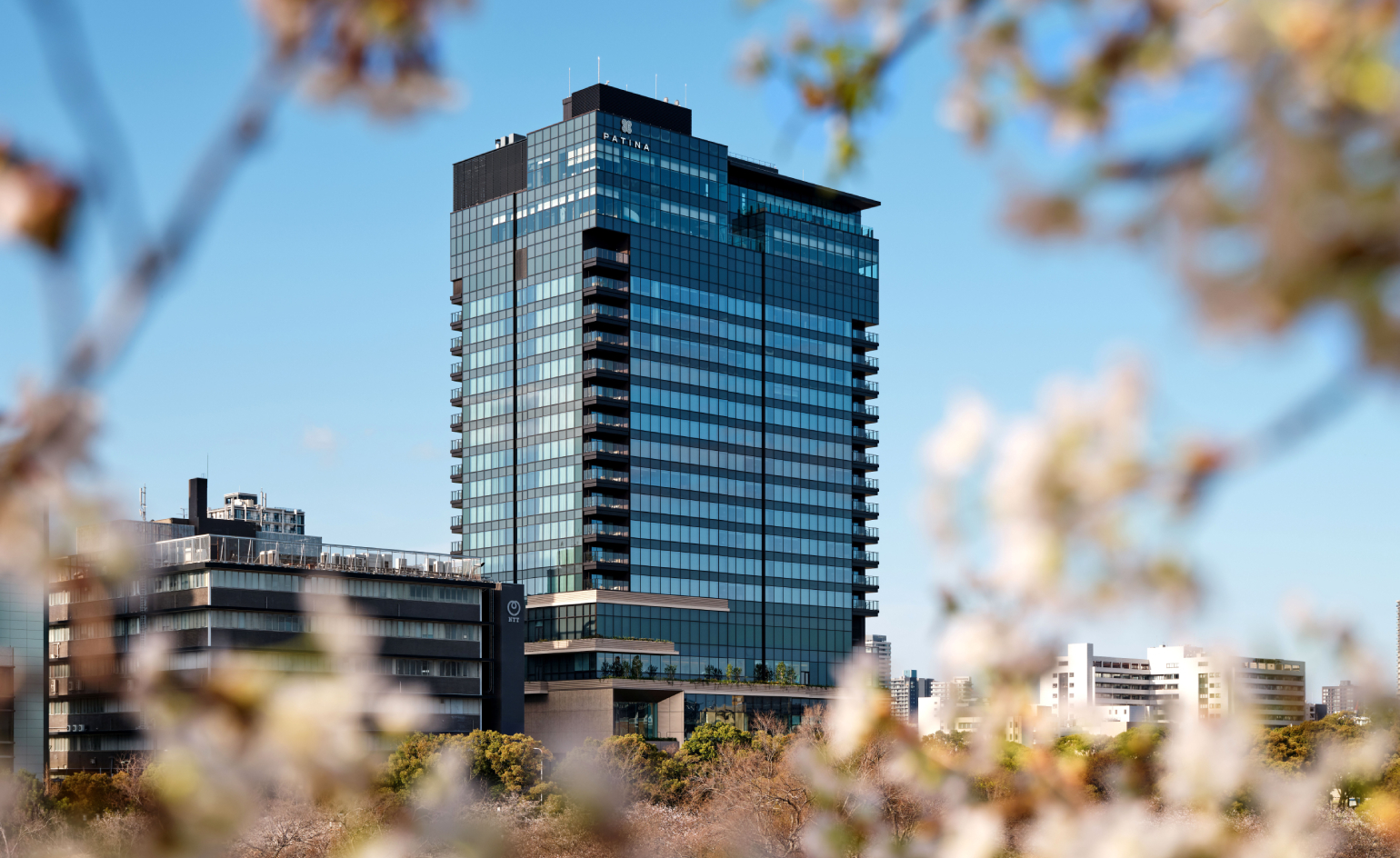 Stay at Patina Osaka for a dose of ‘transformative luxury’ in western Japan
Stay at Patina Osaka for a dose of ‘transformative luxury’ in western JapanFrom nature-inspired interiors to sound-tracked cocktails and an unusually green setting, Patina Osaka is a contemporary urban escape that sets itself apart
-
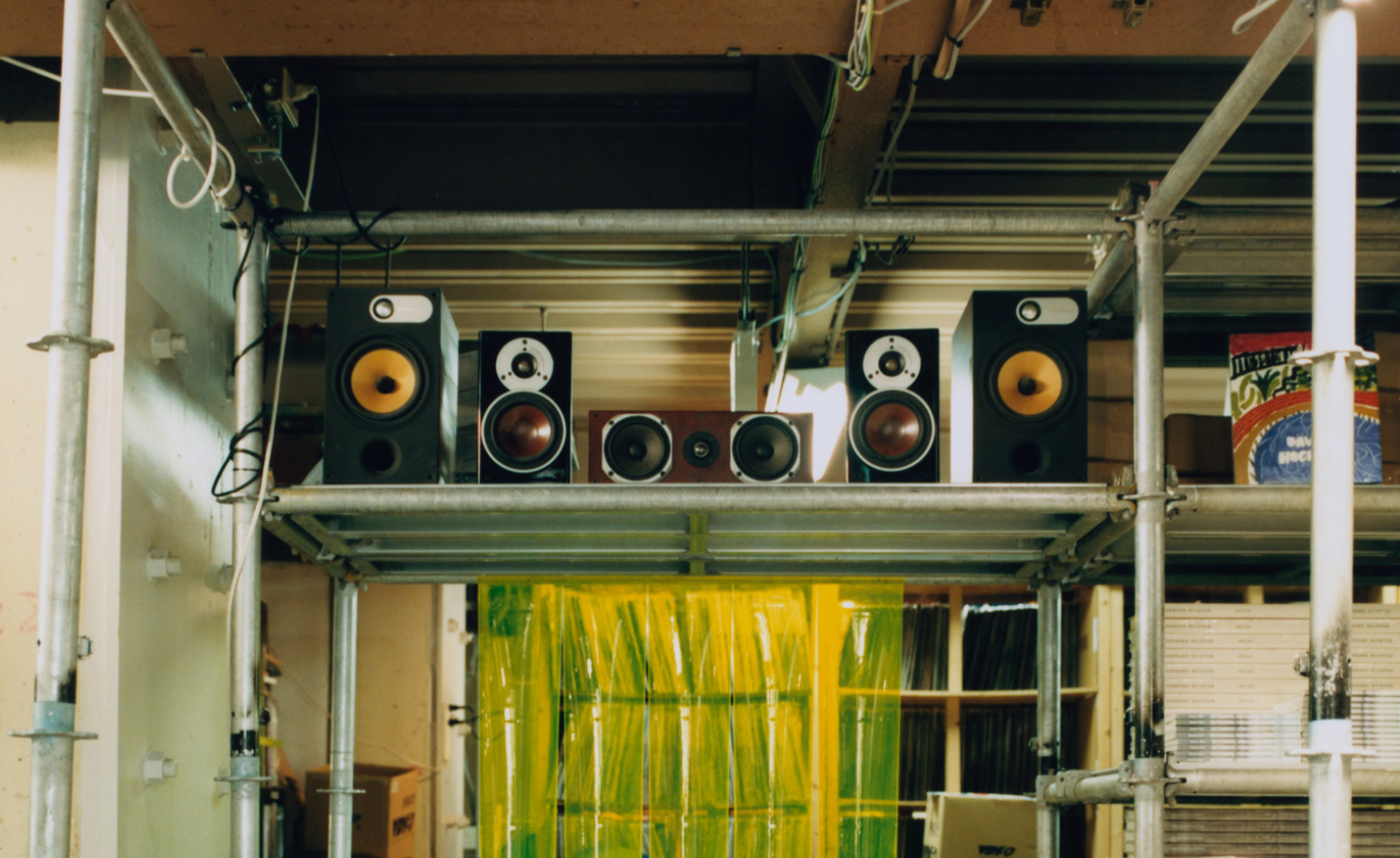 Tune into the rhythm of Tokyo’s most ambitious record shop
Tune into the rhythm of Tokyo’s most ambitious record shopVinyl Delivery Service in east Tokyo’s Skwat Kameari Art Centre is spinning a new narrative for the traditional record store model
-
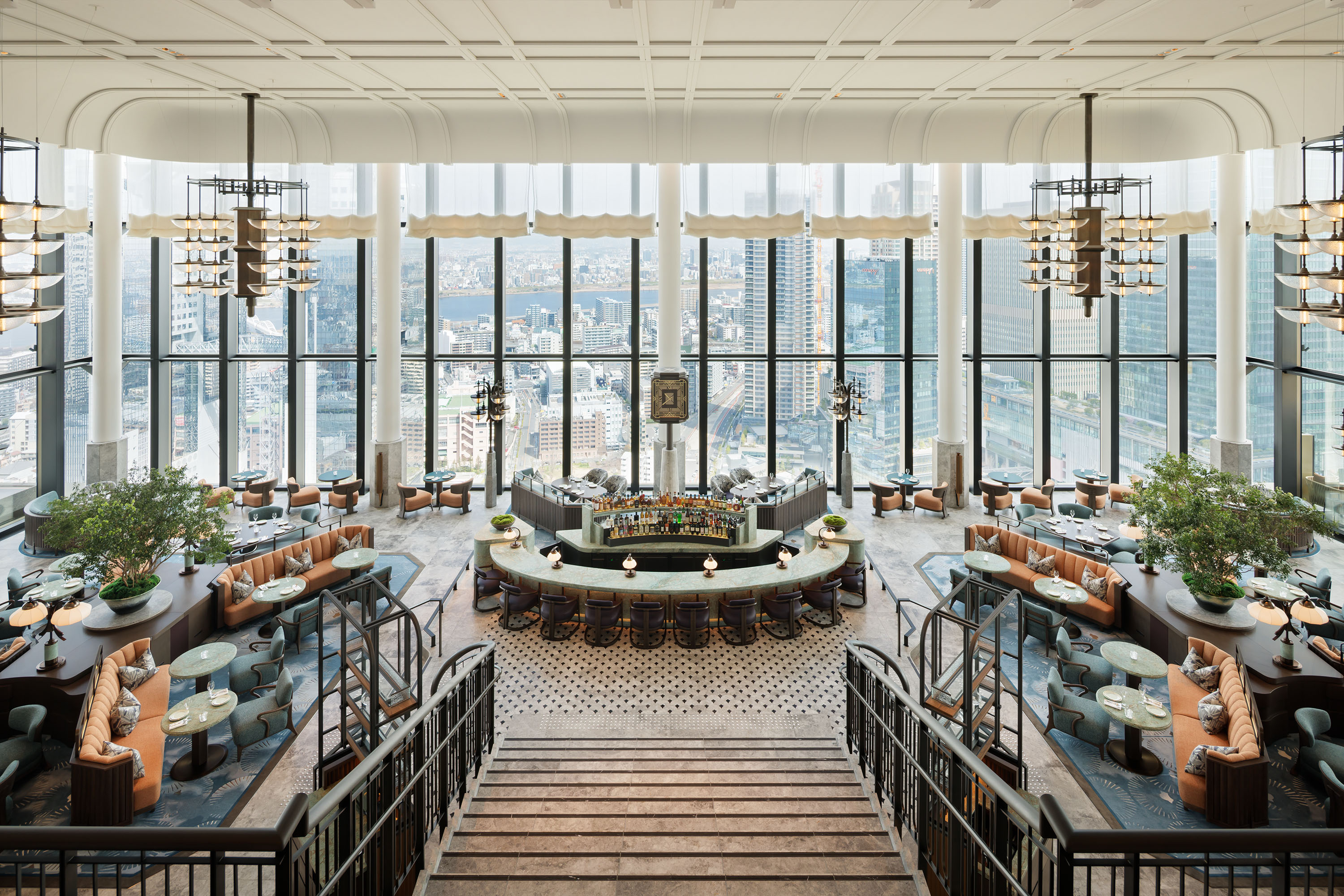 Wallpaper* checks in at Waldorf Astoria Osaka
Wallpaper* checks in at Waldorf Astoria Osaka‘It’s rare to work on a brand new hotel of this scale in Japan in today’s landscape,’ says designer Andre Fu about Osaka’s newest luxury hotel. Wallpaper* paid it an early visit
-
 Wallpaper* checks in at Rosewood Miyakojima: ‘Japan, but not as most people know it’
Wallpaper* checks in at Rosewood Miyakojima: ‘Japan, but not as most people know it’Rosewood Miyakojima offers a smooth balance of intuitive Japanese ‘omotenashi’ fused with Rosewood’s luxury edge